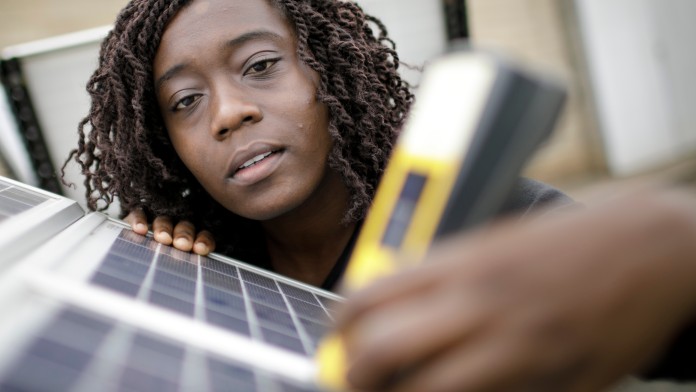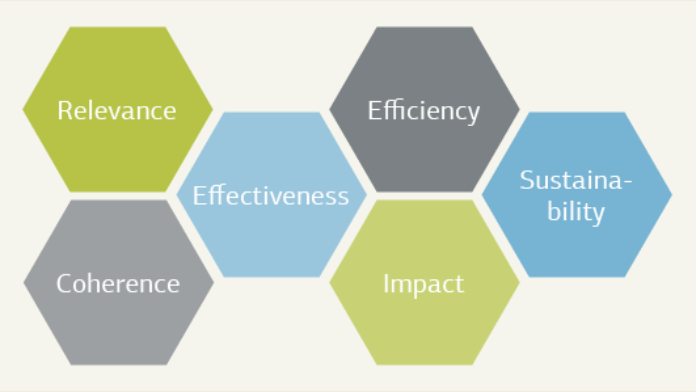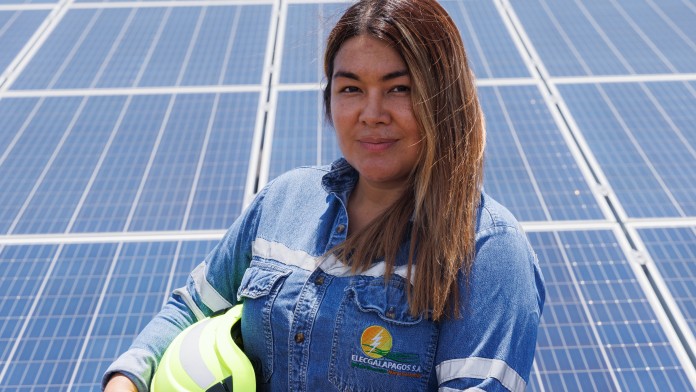So far, our evaluations have not focused specifically on gender. Depending on the sector and project type, we looked at gender aspects of the project to be evaluated in varying breadth and depth. From the perspective of FC evaluation, the introduction of standard evaluation questions applicable to all executing agencies opened a "window of opportunity" to also systematically embed this central theme of Gender in our evaluations.

In close cooperation with the competence centre responsible for gender issues at KfW Development Bank, we included four additional evaluation questions in the questionnaire. These are classified in the OECD-DAC criteria of relevance, effectiveness and sustainability and explicitly take into account the gender-sensitive design and gender impacts of the project to be evaluated. To further embed the topic, we sharpened some of the standard evaluation questions with regard to gender aspects.
As an evaluation unit, we want to derive conclusions and learn lessons from the evaluated projects across all sectors by systematically embedding evaluation questions relating to gender.

... that we evaluate according to the criteria of the Organisation for Economic Co-operation and Development (OECD)/Development Assistance Committee (DAC)?
We do this in terms of
.

By the end of 2022, we applied the gender-specific evaluation questions to 18 evaluations in twelve countries across seven different sectors. For instance, we learned from an education project in Jordan that the project created employment opportunities for both men and women in a school. In the course of the evaluation, it became clear that the activities usually carried out by women, such as cleaning, playground supervision, etc. were assigned significantly fewer weekly working hours than the activities usually performed by men (caretakers, supervisors, warehouse clerks). This led to lower monthly incomes for women and therefore to an unintended disadvantage for women working in the low-skilled sector compared to men. This aspect should be taken into account in future projects and discrimination should be avoided from the outset as far as possible.
From a financial sector project in Pakistan, we learned that if women were specifically promoted, the mere focus on the proportion of female borrowers could be misleading, as they cannot necessarily determine the use of loans. This could increase women’s vulnerability as official borrowers when loans can no longer be serviced. Nevertheless, loans can open up valuable income opportunities, especially for single (divorced, widowed) women. One finding from the evaluation in this regard is to replace the quota for loans to women with a quota for loans to female-led households and microenterprises. In addition, women showed significantly less interest in loan products than men in the corresponding context. Women, on the other hand, showed a higher interest in savings products. This finding has not yet been sufficiently taken into account in the project design.
The comparatively small number of projects for which the systematic gender-specific evaluation questions have already been applied also shows that some questions are answered more generally. We are confident that future evaluations, not least through better embedding of the topics in the concept and design, will enable us to learn more precise lessons about gender-sensitive design and impacts, making them more usable for the design of future projects.
